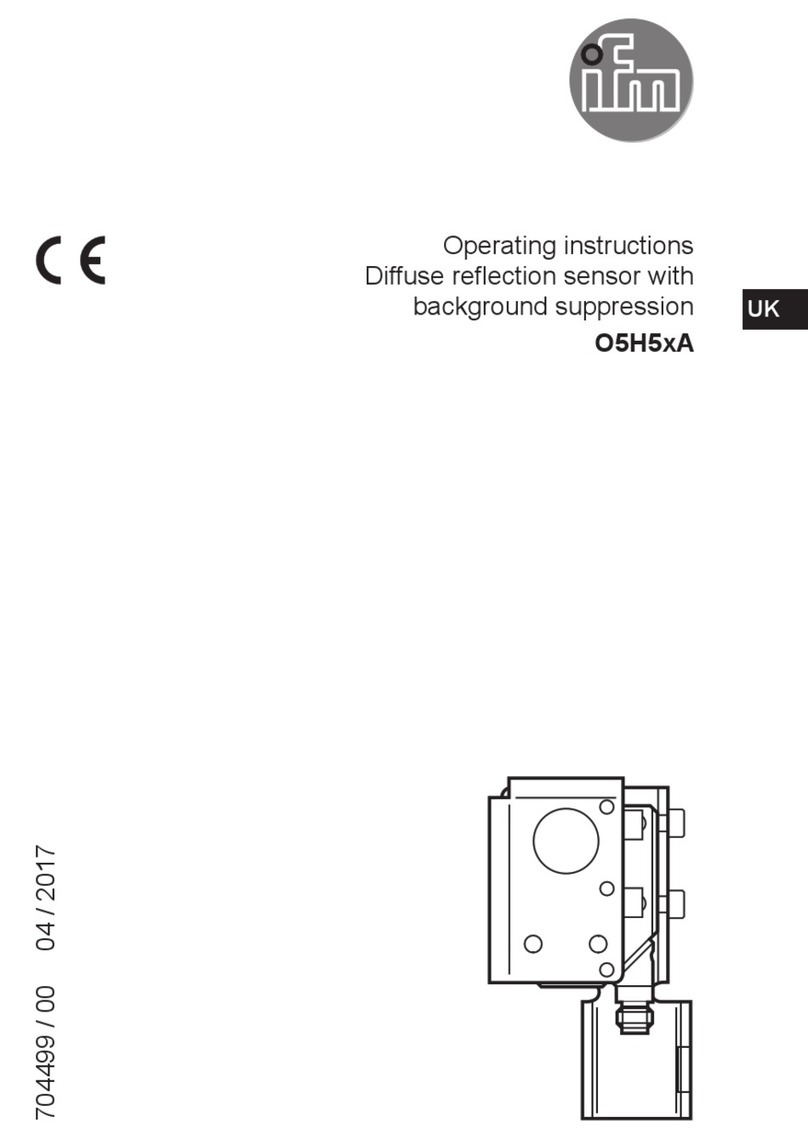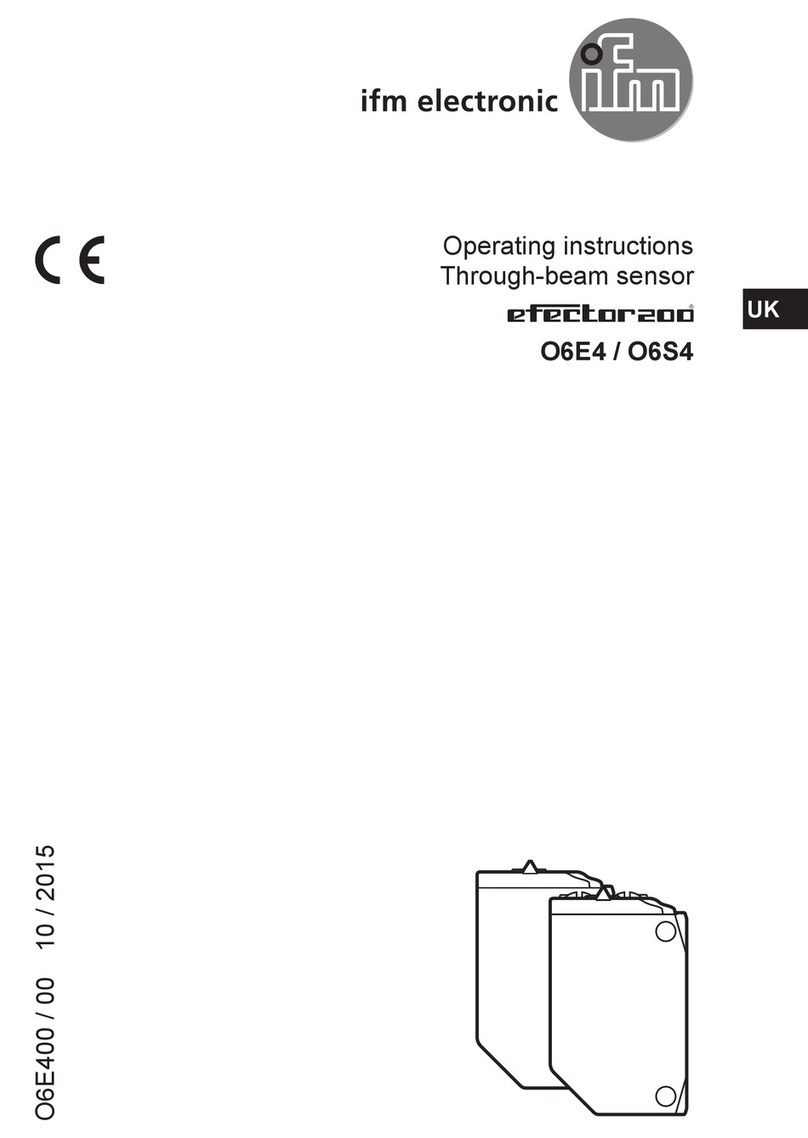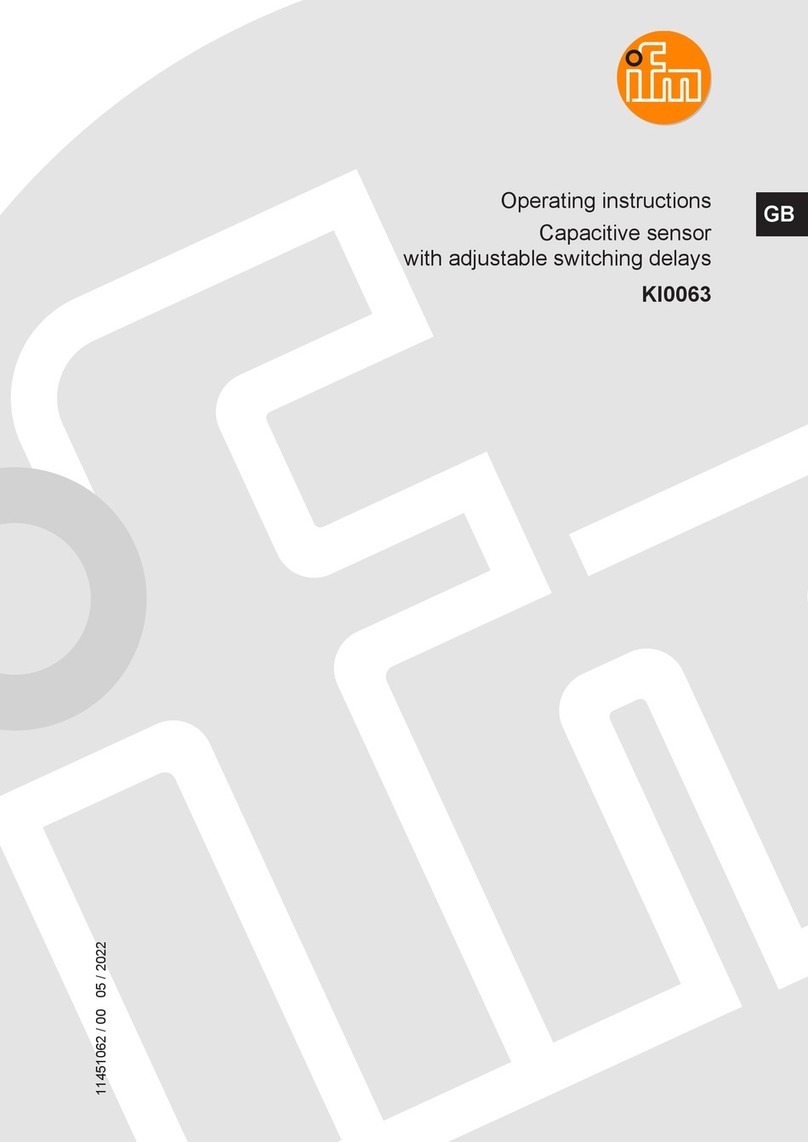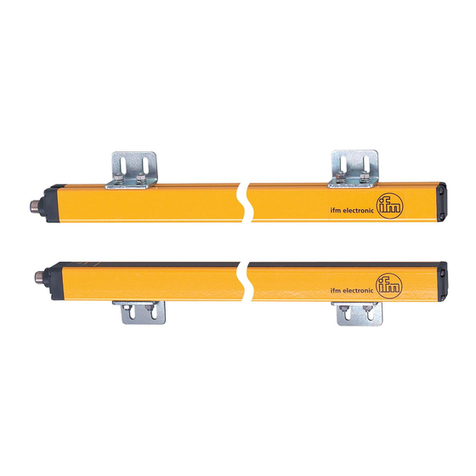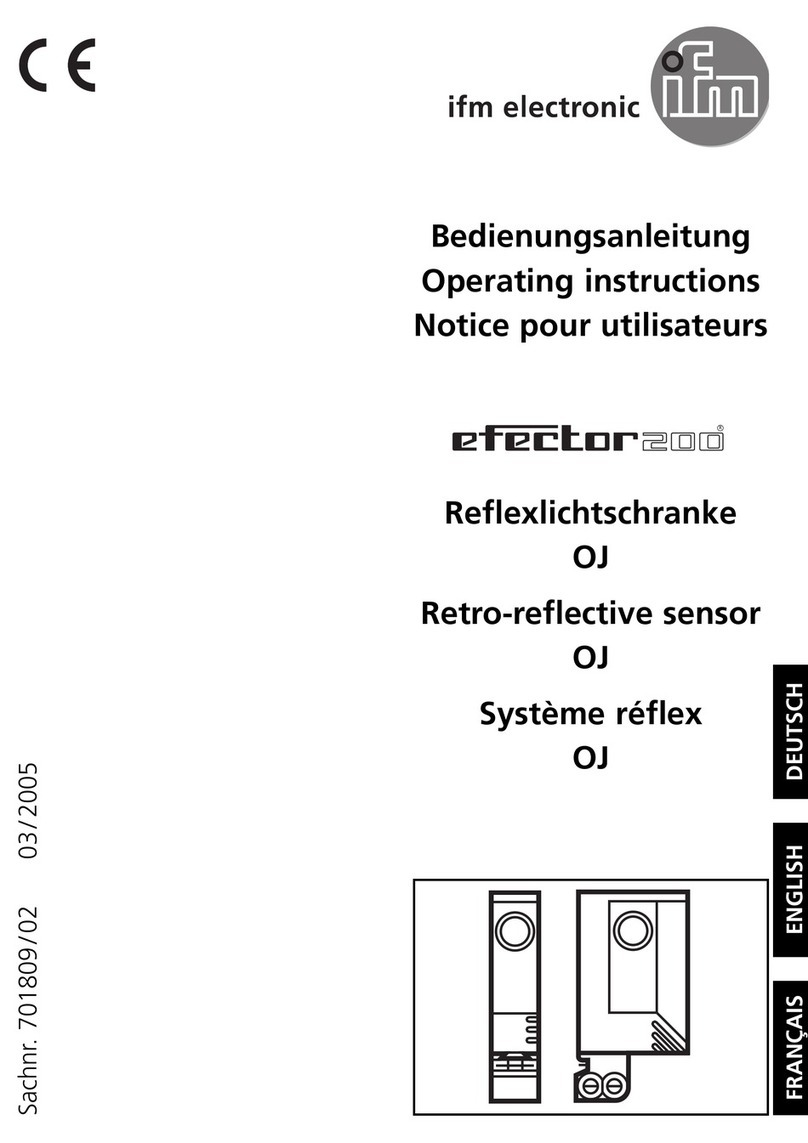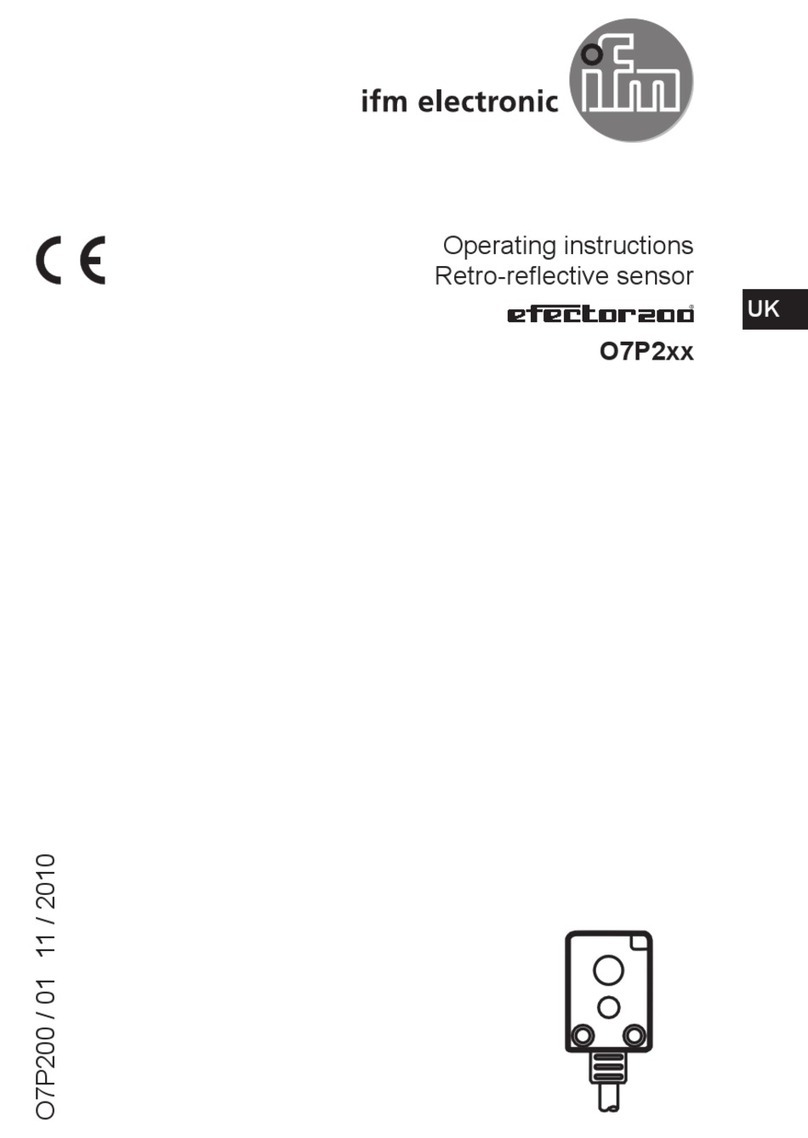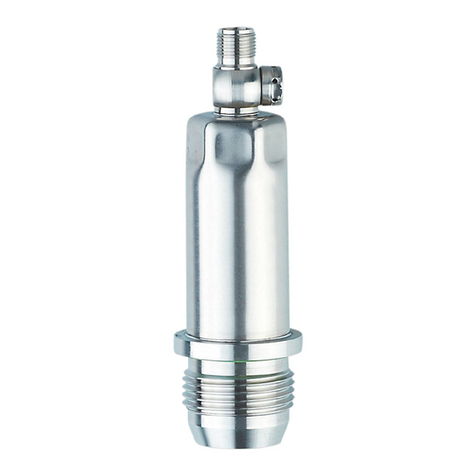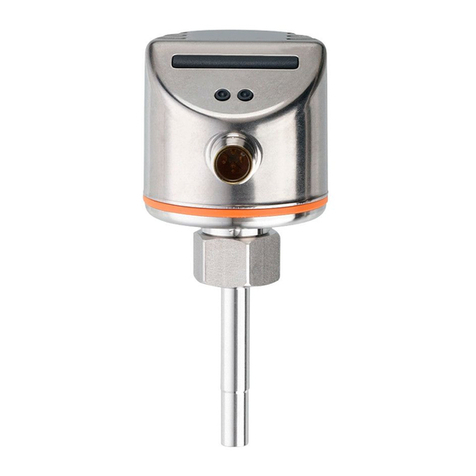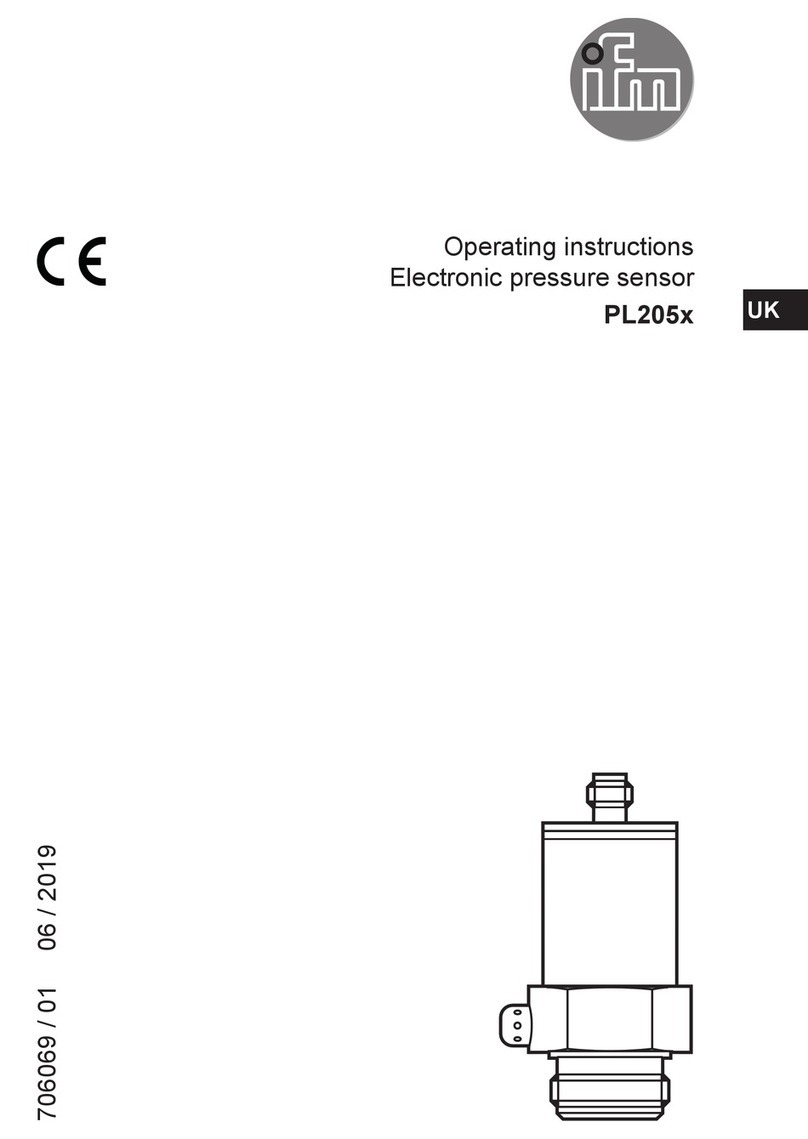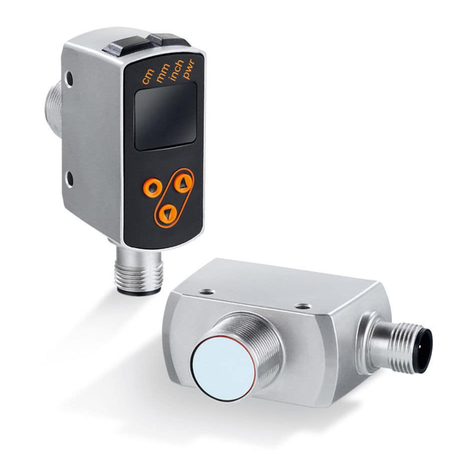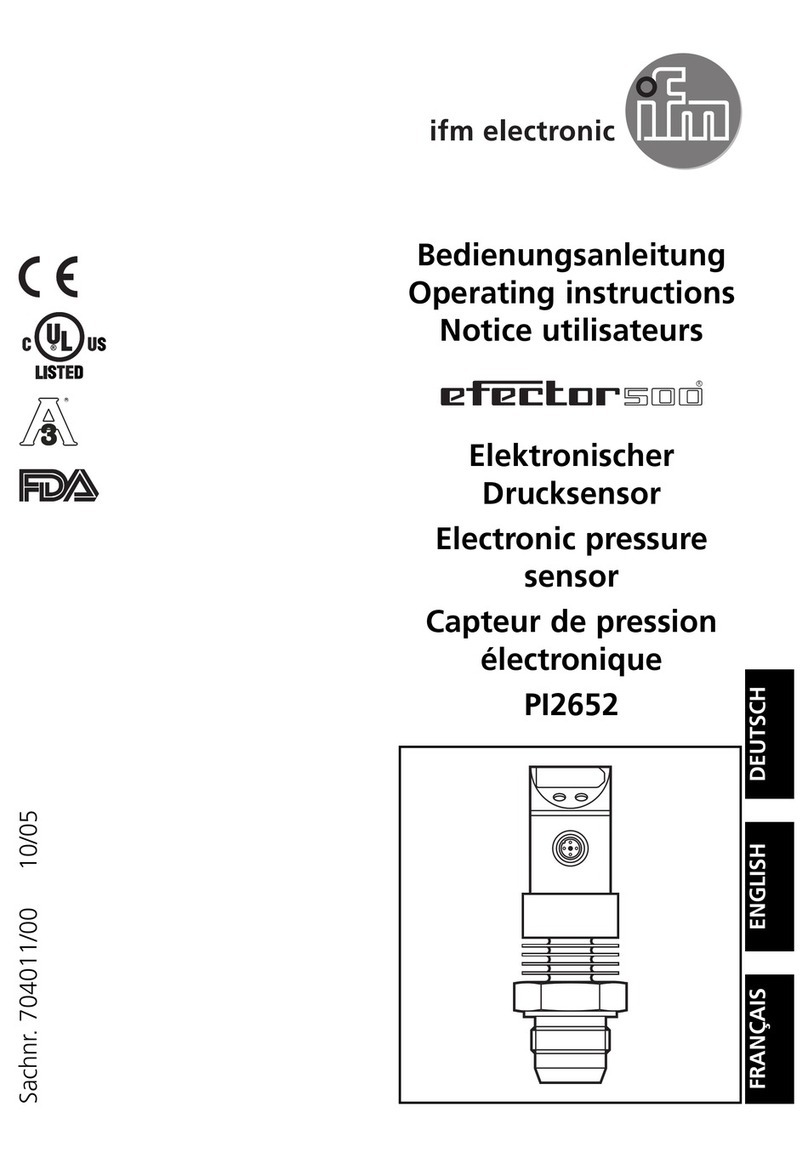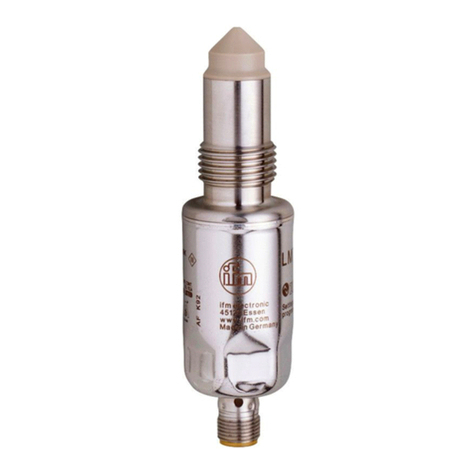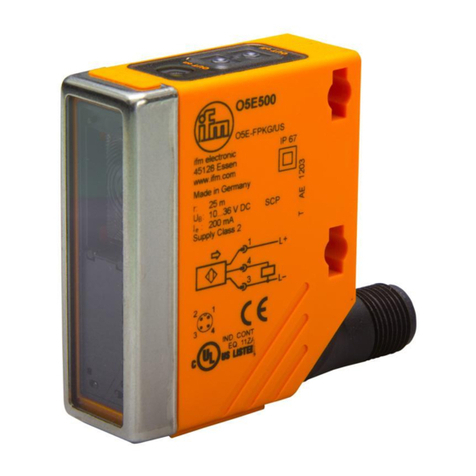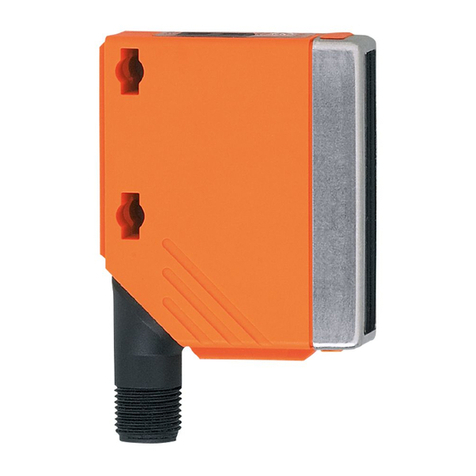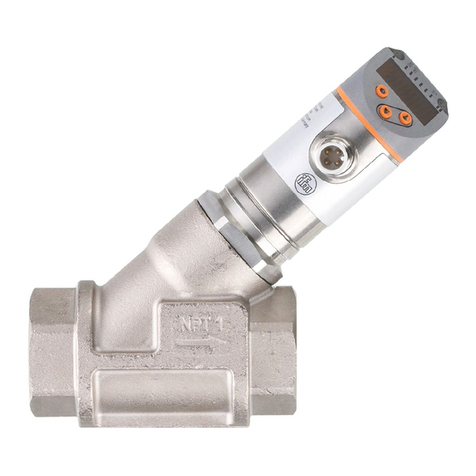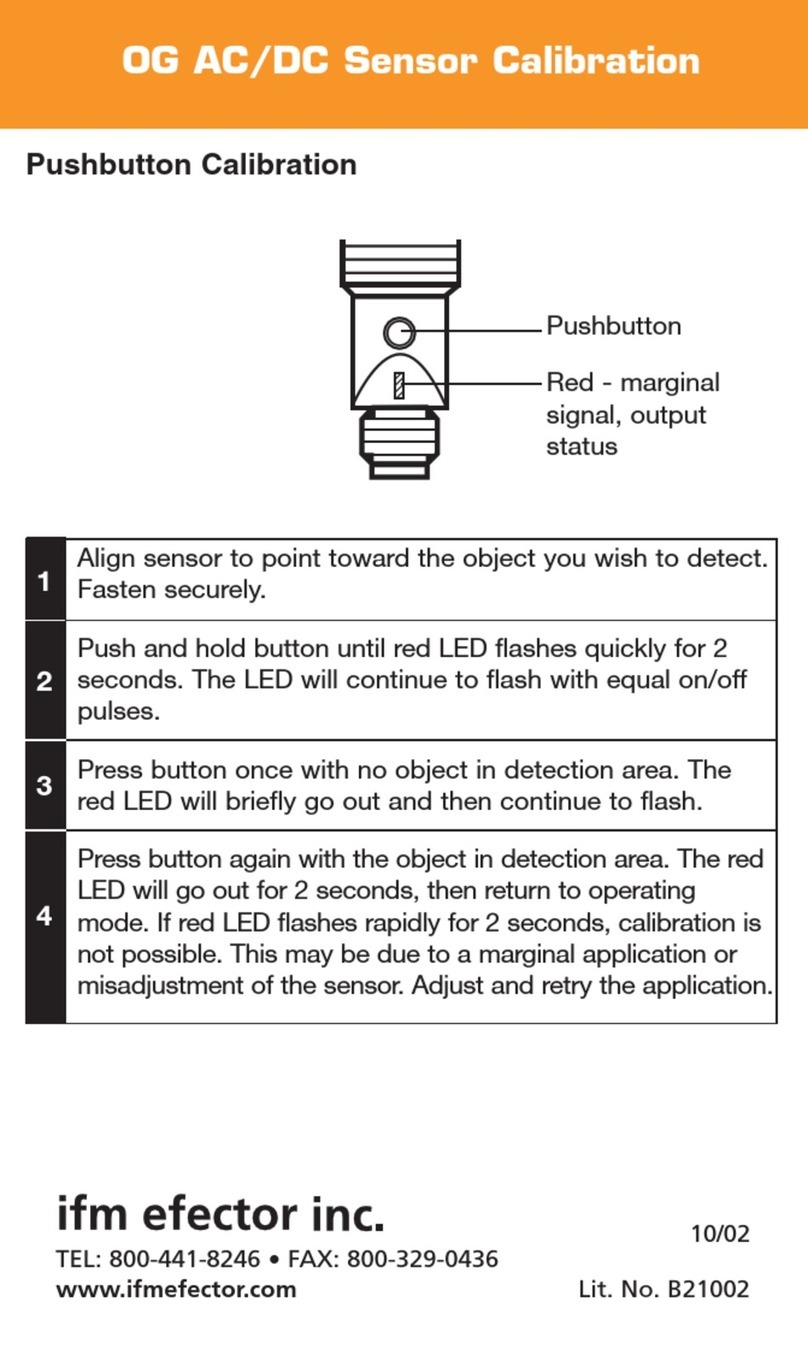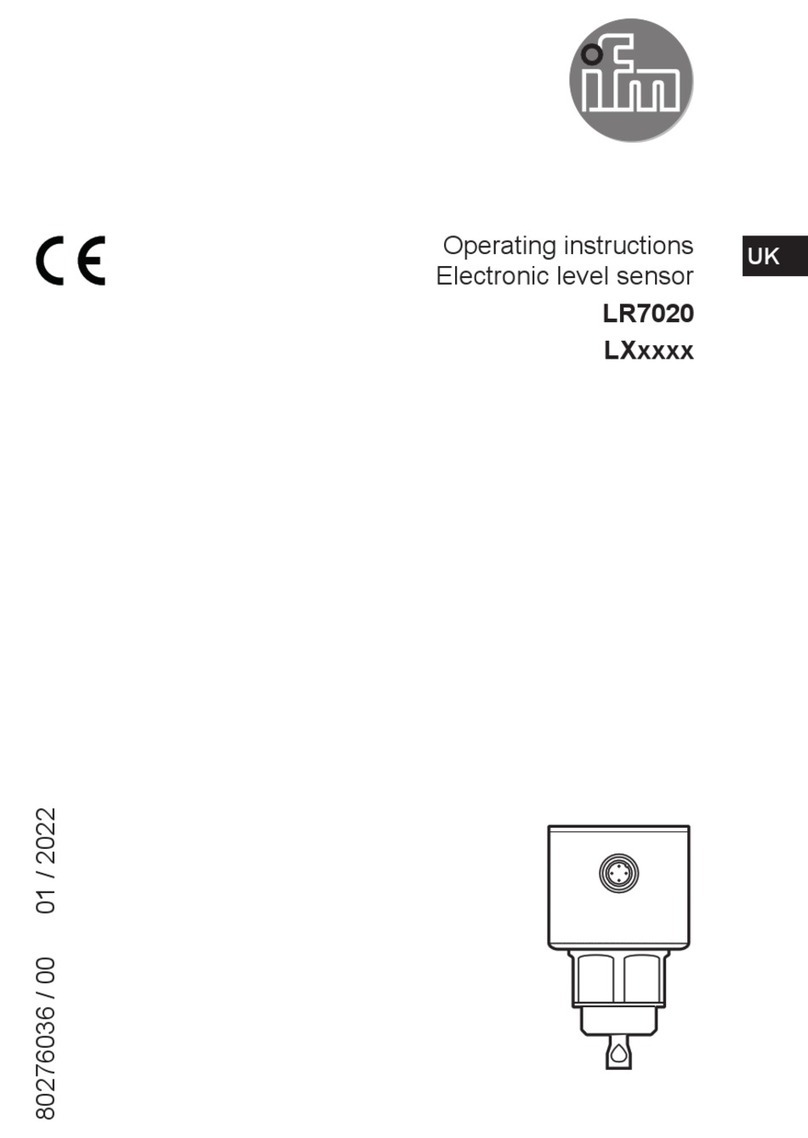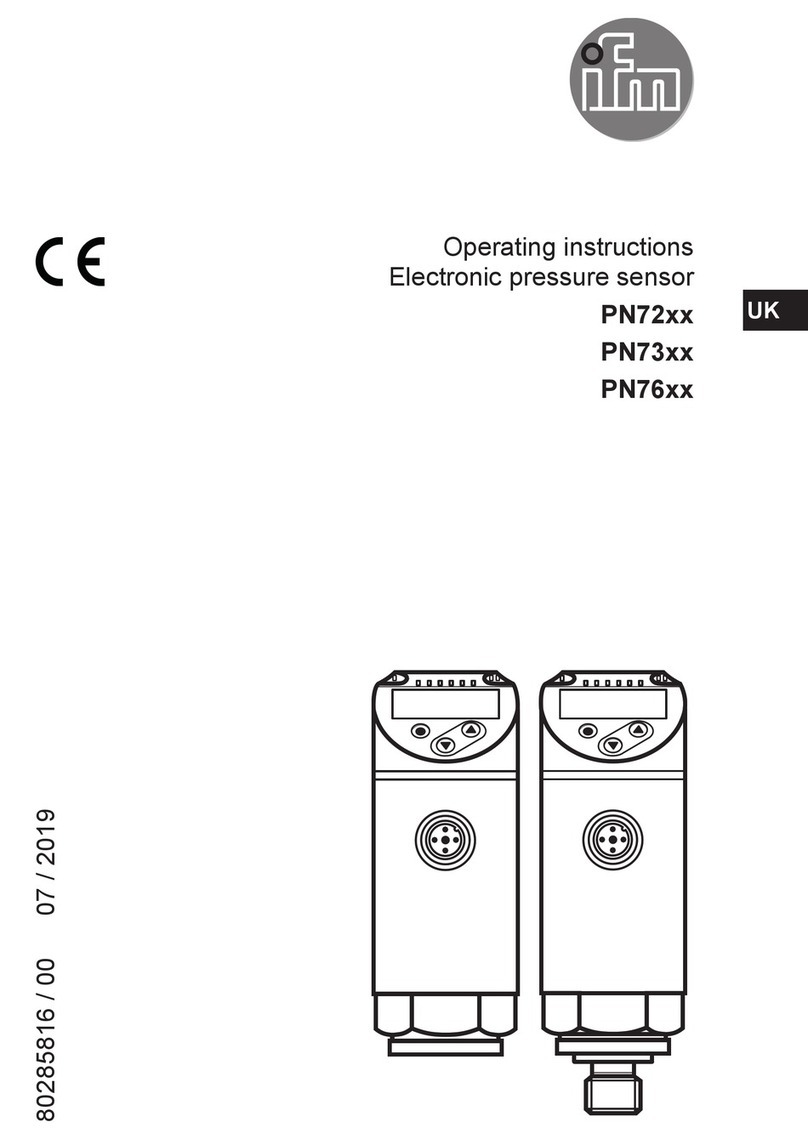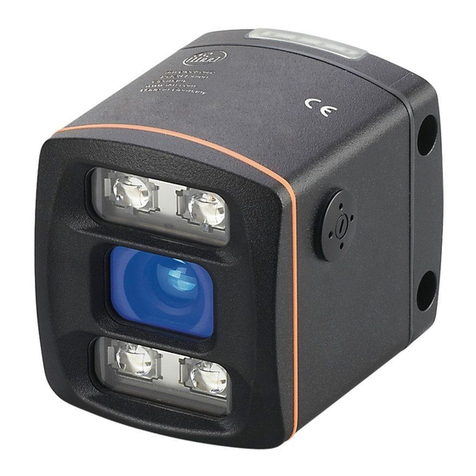
3
UK
10 Parameter setting ��������������������������������������������������������������������������������������������25
10�1 General parameter setting�������������������������������������������������������������������������25
10�2 Basic settings (unit on delivery)�����������������������������������������������������������������27
10�2�1 Entering the probe length �����������������������������������������������������������������27
10�2�2 Setting to the medium�����������������������������������������������������������������������27
10�2�3 Entering the type of probe used �������������������������������������������������������27
10�3 Configuration of the display �����������������������������������������������������������������������28
10�4 Offset setting����������������������������������������������������������������������������������������������28
10�5 Setting of output signals ����������������������������������������������������������������������������28
10�5�1 Setting of the output function for OUT1 ��������������������������������������������28
10�5�2 Setting of switching limits (hysteresis function) ��������������������������������28
10�5�3 Setting of switching limits (window function) ������������������������������������28
10�5�4 Setting of the switch-off delay�����������������������������������������������������������29
10�5�5 Setting of the output function for OUT2 (analogue output) ��������������29
10�5�6 Scaling of the analogue value ����������������������������������������������������������29
10�5�7 Response of the outputs in case of a fault ���������������������������������������29
10�5�8 Setting of the delay time after signal loss �����������������������������������������29
10�6 Reset of all parameters to factory setting ��������������������������������������������������30
10�7 Changing basic settings ����������������������������������������������������������������������������30
10�7�1 New entering of the probe length �����������������������������������������������������30
10�7�2 Setting to another medium ���������������������������������������������������������������30
10�7�3 New entering of the type of probe used��������������������������������������������31
11 Operation ���������������������������������������������������������������������������������������������������������31
11�1 Operating indicators ����������������������������������������������������������������������������������31
11�2 Reading of the set parameters�������������������������������������������������������������������31
11�3 Changing the display unit in the Run mode �����������������������������������������������32
11�4 Error indications�����������������������������������������������������������������������������������������32
11�5 Output response in different operating states ��������������������������������������������33
12 Scale drawing ��������������������������������������������������������������������������������������������������34
13 Technical data��������������������������������������������������������������������������������������������������35
13�1 Setting ranges ������������������������������������������������������������������������������������������36
14 Maintenance ����������������������������������������������������������������������������������������������������37
15 Factory setting �������������������������������������������������������������������������������������������������38
